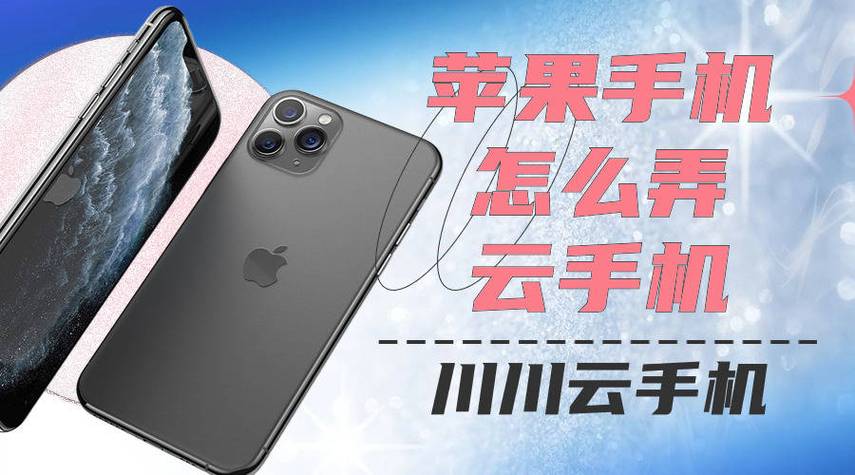
大小:
下载:467次
分类:手机软件
苹果手机硬件测试软件
苹果手机硬件测试在哪里 苹果手机硬件测试软件app 苹果手机硬件测试代码 苹果手机硬件测试指令
- 支 持:
- 大 小:
- 开发者:
- 提 现:
- 说 明:
- 分 类:手机软件
- 下载量:467次
- 发 布:2024-04-30
手机扫码免费下载
纠错留言#苹果手机硬件测试软件简介
Title: Comprehensive Guide to Apple iPhone Hardware Testing
Introduction
Apple iPhones are renowned for their highquality hardware components, ensuring seamless performance and reliability. However, like any electronic device, they may encounter hardware issues over time. Performing hardware tests on your iPhone can help diagnose and troubleshoot potential problems, ensuring optimal functionality. In this guide, we'll delve into various methods and tools for conducting comprehensive hardware tests on Apple iPhones.
1. Builtin Diagnostics Tool
Apple provides a builtin diagnostics tool on iPhones, offering a quick and convenient way to assess hardware components. To access this tool:
Open the Phone App
: Launch the Phone app on your iPhone.
Dial the Code
: Dial *300112345* and press the call button.
Enter Field Test Mode
: This will activate Field Test Mode, displaying various options and measurements.Within Field Test Mode, you can access detailed information about signal strength, cellular network, and WiFi networks. While this tool doesn't offer exhaustive hardware tests, it provides valuable insights into connectivity and signal issues.
2. ThirdParty Diagnostic Apps
Several thirdparty apps are available on the App Store for conducting more comprehensive hardware tests. These apps offer a range of functionalities, including:
Battery Health
: Assessing battery capacity and performance over time.
CPU and GPU Performance
: Stresstesting processor and graphics capabilities.
Display Quality
: Checking for dead pixels, color accuracy, and brightness uniformity.
Sensors
: Verifying functionality of sensors like accelerometer, gyroscope, and proximity sensor.
Storage
: Testing read and write speeds, as well as overall storage health.Popular thirdparty diagnostic apps include "Geekbench," "Battery Life," and "Phone Doctor Plus." Make sure to read reviews and choose a reputable app with a history of accurate diagnostics.
3. Manual Hardware Inspection
While software tools are useful for detecting certain issues, some hardware problems require manual inspection. Here are some steps for conducting a manual hardware inspection:
Visual Inspection
: Examine the exterior of the iPhone for any signs of physical damage, such as cracks or dents.
Port and Button Check
: Test all ports (Lightning, headphone jack) and buttons (volume, power) for responsiveness and functionality.
Camera Test
: Take test photos and videos to ensure the camera lenses and sensors are functioning correctly.
Speaker and Microphone Test
: Make test calls and play audio to check speaker and microphone quality.
Screen Inspection
: Look for scratches, smudges, or abnormalities on the screen that may affect display quality.4. Apple Authorized Service Provider (AASP)
If you encounter persistent hardware issues or are unable to diagnose the problem yourself, it's advisable to seek assistance from an Apple Authorized Service Provider. These trained professionals have access to specialized diagnostic tools and expertise to identify and resolve hardware issues effectively. They can also provide warranty or outofwarranty repairs if necessary.
Conclusion
Regular hardware testing is essential for maintaining the performance and longevity of your Apple iPhone. Whether using builtin diagnostics tools, thirdparty apps, or manual inspection, regularly assessing hardware components can help identify potential issues early on, preventing more significant problems down the line. Remember to handle your iPhone with care and seek professional assistance when needed to ensure continued reliability and satisfaction with your device.

